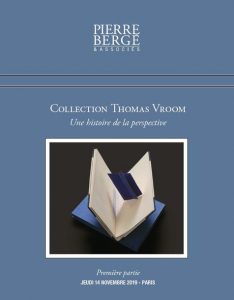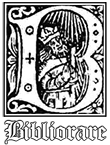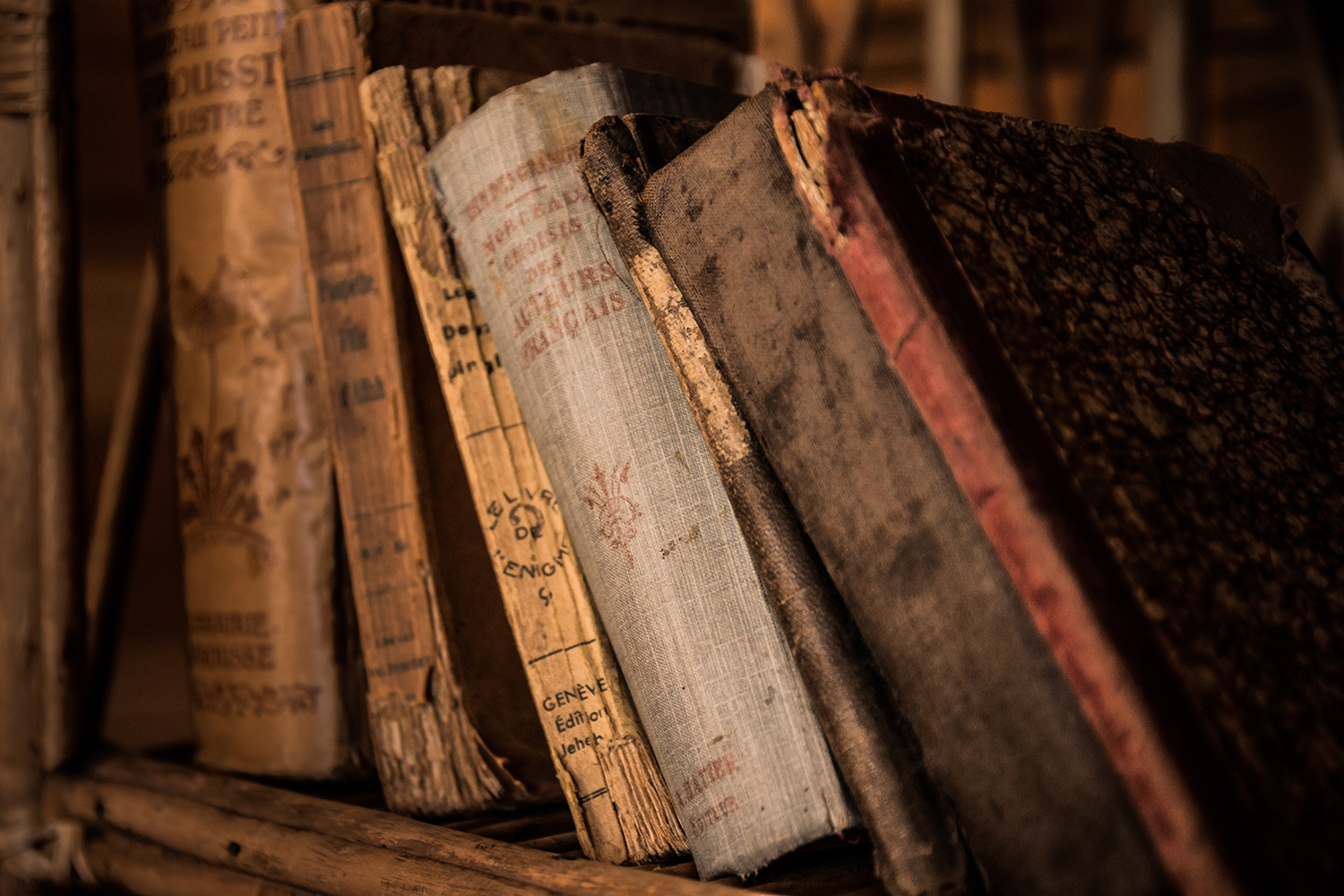Description
Vagnetti, EIIIb31; Riccardi, I, 123; de Backer-Sommervogel, I, 1427.5; Kemp, p. 182 (éd. 1645).
Édition originale de ce traité copieusement illustré de 628 gravures sur cuivre dans le texte.
Le père jésuite Mario Bettini (1582-1657) était philosophe, mathématicien et astronome. Son Apiaria universae Philosophiae est certainement son ouvrage le plus célèbre. Ce compendium très complet aborde, comme les ouvrages de Schott et de Kircher, tous les sujets relatifs à l'optique et à la géométrie dont l'anamorphose (très important chapitre dans le livre V), l'arpentage, les sections coniques, les lanternes magiques et les instruments de perspective.
“The intellectual basis for the machines is reasonably clear and has been mentioned at a number of points.
A marriage of geometry, optics and precise instrumentation was a prominent feature of the Scientific
Revolution. A Renaissance pioneer such as Dürer gave a foretaste of the alliance of abstract science and practical skills that was to play such an important role in the new sciences. Bettini's Apiariorum philosophiae mathematicae (1645), which we have already noted for its illustration of a perspectival pantograph, perfectly captures the flavor of its endeavor. Nature is seen as a garden of mathematical delights including such designs as hexagonal honeycombs and geometrical spiders' webs. The task of the human intellect is to draw the geometrical nectar from the flowers of nature and to use the resulting principles to nourish the artifice of mechanical design” (Kemp).
Exemplaire complet de ses 2 frontispices gravés et du portrait de Ferdinand II (coins inférieurs refaits touchant la gravure). Quelques taches ou déchirures, petits trous de vers; exemplaire placé dans un vélin ancien avec les gardes renouvelées.
Un supplément fut publié en 1654.
Provenance: inscription biffée datée 1688 (?) - Gimnasio Civico (cachet) - G.B. Pizzini (cachet) - cachet aux initiales “DO” au verso du premier frontispice.
Rare first edition of this lavishly illustrated Jesuit compendium of optics and related materials, in the tradition of Kircher and Schott, of particular interest for its rich section on anamorphosis. The work also treats related subjects as surveying, conic sections, projectile geometry, general optics, magic lanterns and perspective devices.





